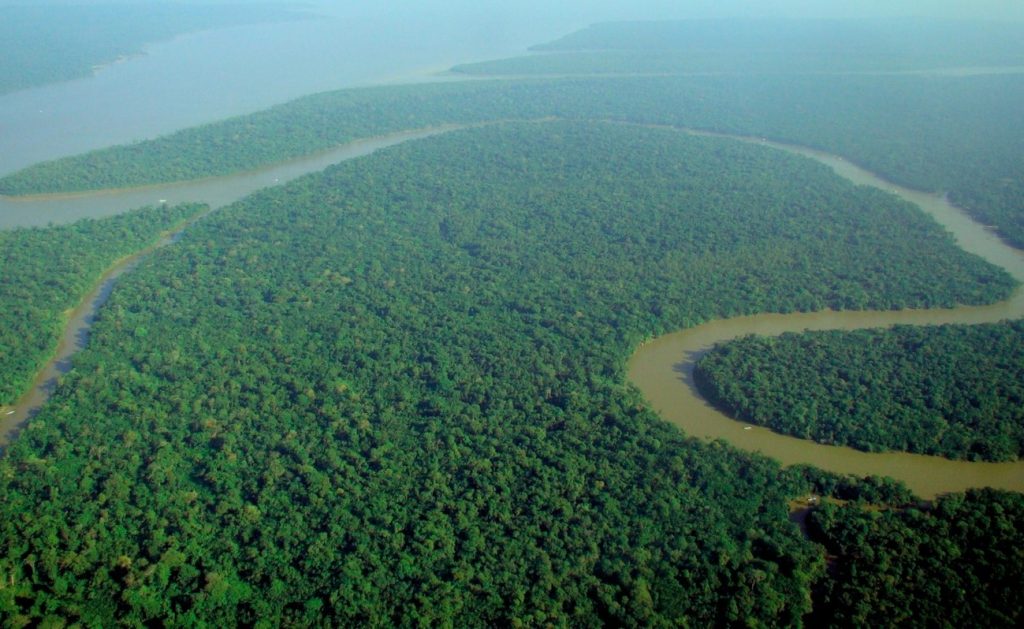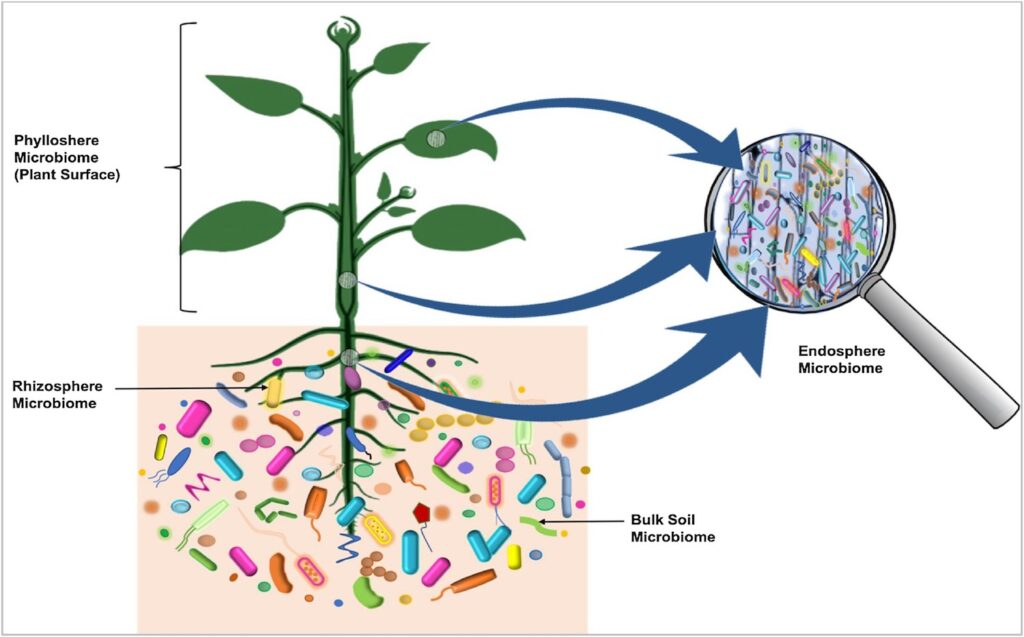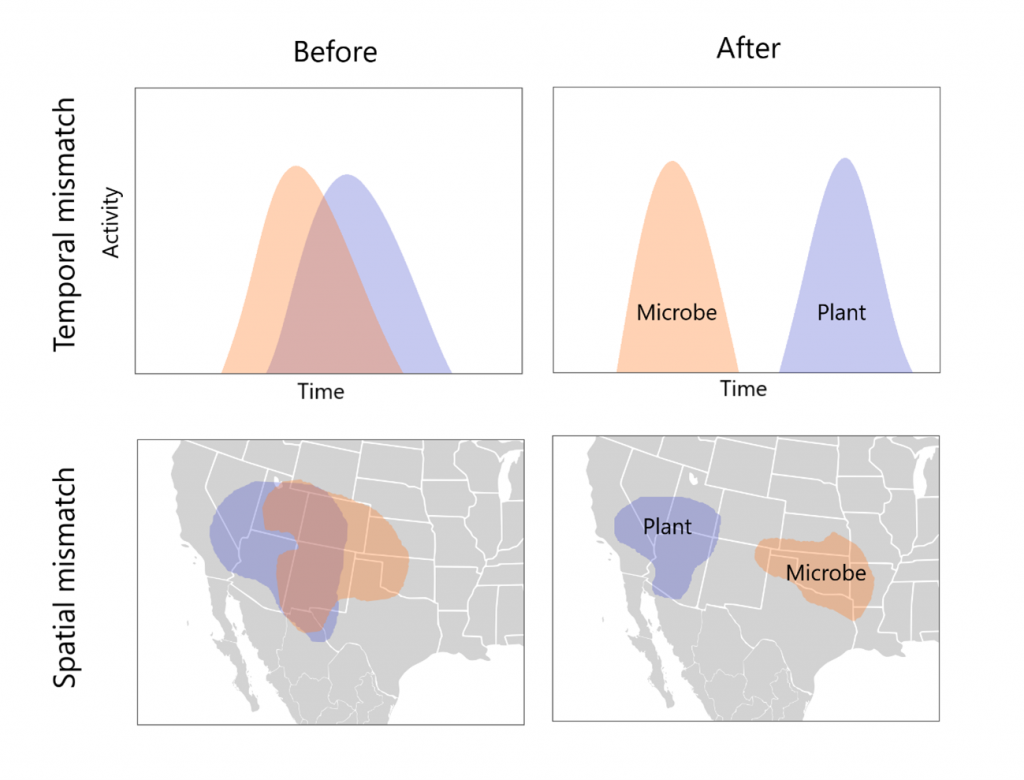
Air pollution from brick factories in Nepal. Photo: Janak Bhatta
By Saulo Silvestre
Climate change is a matter of major concern because of its damage to the conditions that make life on Earth possible.
Human activities, such as deforestation and the use of fossil fuels, are accelerating the rates of change in the world’s climate. This generates chain effects that adversely affect life in many ways, from how organisms interact to how ecosystems function. Ultimately, we are collectively pushing the conditions on Earth beyond the range that allows for our survival.
We may learn a lesson in survival, however, from plants. Plants are one of the most important groups of living organisms on Earth. They are central components that shape most terrestrial ecosystems. Plants provide resources and conditions for other organisms, and several ecosystem services, such as the capture and storage of atmospheric carbon dioxide, a greenhouse gas.
Understanding how plants respond to climate change can help us mitigate its effects, control possible chain reactions, and even recover degraded regions more efficiently.
For example, knowing how climate change affects the capture of atmospheric carbon dioxide by the world’s forests can help to define global goals that could counteract our greenhouse gases emissions. Scientists worldwide have focused on this topic since the onset of the studies on climate change in the early 19th century, but attention to this related dynamic has grown recently.

Aerial view of the Amazon Forest. Photo: Lubasi
Similar to how our bodies support several microbial organisms, plants interact with many microbe species that change their lives in various ways.
Just like us, these interactions vary from mutually beneficial, like the microbial communities that help us digest food, to parasites and pathogens that multiply at our expense. In plants, these interactions take place on all parts of their bodies, from their leaves covered by bacteria to their roots connected to mycorrhizal networks.
Scientists are now unveiling that the impacts of climate change on these interactions may be the key to understanding how life on Earth may look like in a couple of decades.
Because of the resource flow between plants and microbes, these interactions affect their ability to cope with the environment.
For example, mycorrhizal networks typically provide most of the nitrogen and phosphorus intake of plants and increase their water uptake from soil. Changes like these can significantly improve the ability of a plant to respond to climate stressors, such as drought or nutrient-deficient soils. But, since not all interactions have beneficial outcomes, even for the same plant-microbe pair, they may vary according to the context.

Plant-microbe interactions are present in all parts of the plants, and in their surroundings. Image: Dastogeer et al. (2020)
Plants and microbes form complex interaction networks through which nutrients and other substances, such as hormones and carbohydrates, flow.
The power of that network is such that it can even alter the pace of ecological recovery following climate disruption. For example, by injecting mycorrhizal fungi and nitrogen-fixing bacteria into the soil, we can enhance plant establishment and soil fertility in desertified areas. As our understanding of such connections advances, interaction networks become an increasingly powerful tool for the recovery of degraded areas.
Climate disruption can cause many different responses in plants and microbes, including changes in how their bodies work and the timing of events like flowering or leaf fall.
As each organism responds differently to environmental changes, this can interfere with their interactions. For example, if the production of leaves by trees responds to spring warming more slowly than soil biological activity, there may be a mismatch between root nutrient uptake and the availability of nutrients from microbial activity. As the local climate changes, the composition of plant and microbe communities may experience local extinctions and immigrations. However, each species’ response is unique and varies based on how they perceive and respond to the environment. This process may spatially separate species and prevent interactions.

Representation of temporal and spatial mismatches in plant-microbe interactions caused by climate change. Adapted from Rudgers et al. (2020).
Scientists forecast massive declines in the number of plant-microbe interactions worldwide in the next 50 years due to climate warming.
The full effect of these losses on forestry and biogeochemical cycles is currently beyond our understanding. In a 2020 paper published in the Annual Review of Ecology, Evolution, and Systematics, Dr. Jennifer A. Rudgers and colleagues reviewed the accumulated knowledge on this topic.
Their work highlights the urgency of the challenge and facilitates the organization of scientific efforts to develop strategies to mitigate climate change and its effects. While understanding and dealing with the consequences of climate change is necessary, we also need to address its origins.
Climate change is testimony to how deeply humankind can affect the functioning of the planet, and it is incumbent on all of us to use this power wisely.



